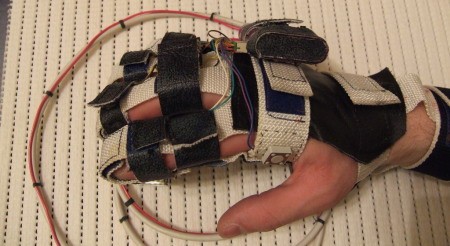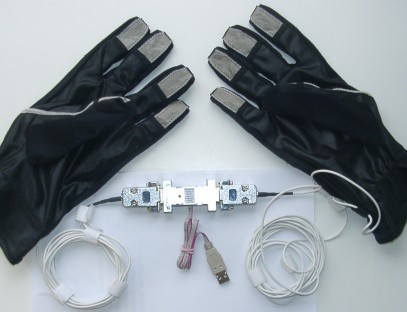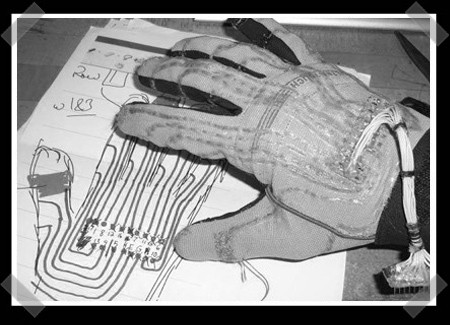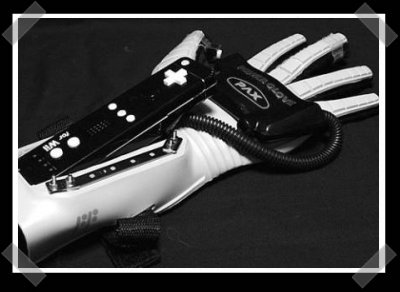What lies at the heart of many games? In a sense, it’s your response time, which is a function of hand-eye coordination. Although the 2024 Business Card Challenge has come to a close, [gokux] tends to go small anyway, and has taken their miniature approach to the Tiny Games Challenge with this awesome little reaction time game.
It’s basically whack-a-mole, but instead of striking down fuzzy puppets, you get fast and furious on big buttons that light up. Press any button to start, and there is a 3-2-1 countdown to get you geared up for action. Once the screen says ‘GO’, you’re off to the races. Each of the four buttons will light up in random order, and your overall response time is taken as the average of these four.
While there are many microcontrollers that would work here, [gokux] chose the Seeed Studio Xiao ESP32-C3. If you want to make one of these for yourself, there are excellent build instructions waiting for you. Be sure to check it out in action after the break. Oh, and be sure to let [gokux] know if you can beat 220 ms.
Continue reading “2024 Tiny Games Challenge: Improving Reaction Time” →


















